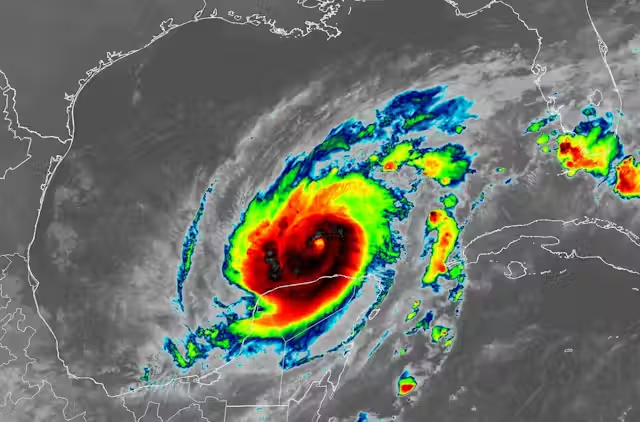For years, China has given America pandas to house in their zoos. This was part of a program some call “panda diplomacy.” Although China was “giving” these pandas to America, they were actually loaning them. China noticed how much attraction pandas gained in American zoos. It was another way to show their partnership with the U.S. and a way to raise awareness to the declining population of the animals.
The panda diplomacy originally started under the presidency of Nixon in 1972. The first lady at the time, Pat Nixon, greeted the pandas saying that they will be enjoyed by millions of Americans. China then decided to loan more pandas instead of gifting them, seeing how much attention they got in America.
As part of our partnership, China supplied pandas to our zoos and we gave them a place to live. Zoos housing pandas were not only supposed to house them, but also pay China $500,000 a year. When the program was at its strongest, there were 15 pandas living in American zoos.
Some like to see the partnership between the United States and China as a symbol of their growing relationship, others see it as a threat if the pandas in the U.S. were to be harmed. There were rumors in March of this year that a panda in Memphis Zoo was being harmed. This was due to their panda, named Le Le, being in poor health. After his passing in June, it was found that he was treated perfectly fine but was in such declining health due to a heart condition. The Memphis Zoo then sent their other panda, named Ya Ya, back to China.
On November 8th, three pandas left the Smithsonian National Zoo in Washington, D.C. This marked the end of 50 years worth of pandas living at the zoo. Officials are unsure if the partnership will continue, Chinese representatives have yet to say.
The only current remaining pandas in the United States are residing in Zoo Atlanta. With two adults and two babies, these pandas are estimated to return in 2024. After these pandas leave America, the only remaining panda in North America will be in Mexico City.
Including the U.S. there are 23 other countries that are also homes to the loaned pandas, but this number is starting to decrease. Most of these countries are estimated to return their pandas home to China in 2024 or in the next few years.
The United States and other countries are hopeful that China will continue this partnership in order for the U.S. to show its support and love for the black and white animals.
















